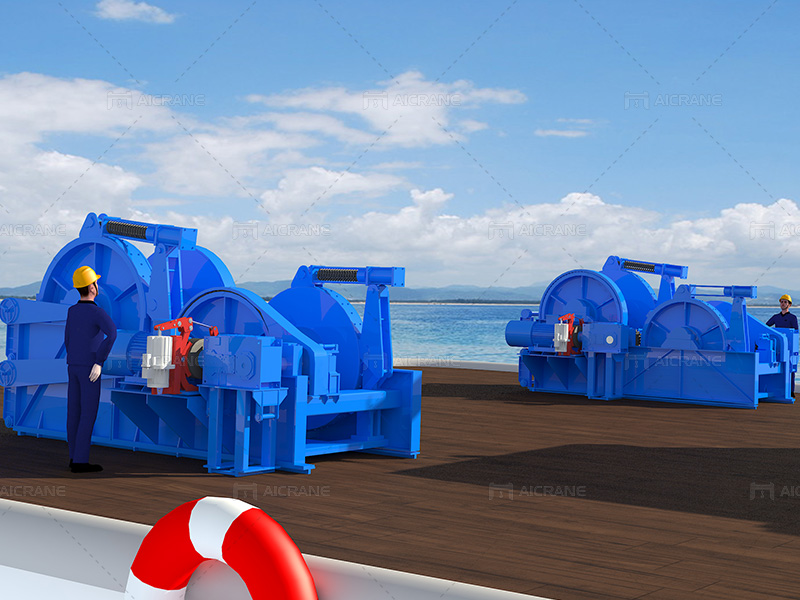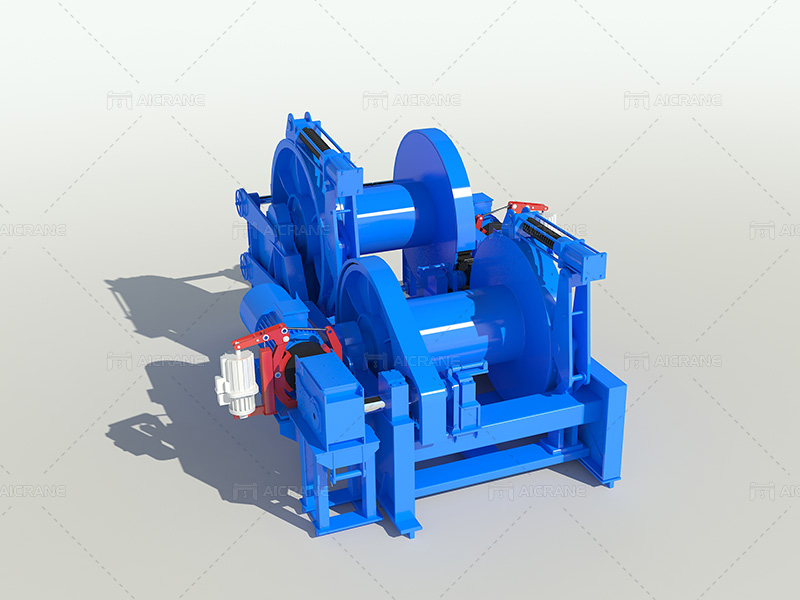Marine electric tow winches are indispensable tools in the maritime industry, used for a variety of tasks including towing vessels, anchoring, and handling heavy loads. However, like any machinery, they are prone to operational issues that can disrupt workflows and compromise safety. Identifying and troubleshooting these issues promptly is crucial to ensure smooth operations and prevent accidents at sea. In this article, we’ll delve into some common operational problems encountered with marine electric tow winches and discuss effective troubleshooting techniques.

1. Power Supply Problems:
One of the most common issues with marine electric tow winches is power supply problems. This can manifest as the winch failing to start or experiencing intermittent power loss. Before troubleshooting further, it’s essential to ensure that the power source supplying the winch is functioning correctly. Check for loose connections, damaged cables, or blown fuses in the electrical circuit.
Troubleshooting Tip: Use a multimeter to test the voltage at various points in the electrical system. Replace any damaged cables or components, and ensure all connections are secure.
2. Overheating:
Overheating is another prevalent issue with electric winches, especially during prolonged or heavy-duty operation. Excessive heat can damage internal components and lead to premature wear and tear. Common causes of overheating include overloading, inadequate ventilation, or malfunctioning cooling systems.
Troubleshooting Tip: Monitor the winch’s temperature during operation and promptly shut it down if it exceeds safe limits. Inspect the cooling system for clogs or malfunctions, and ensure proper airflow around the winch motor.
3. Mechanical Failures:
Mechanical failures such as gear slippage, bearing wear, or drum misalignment can significantly impact the performance of a tow winch. These issues often manifest as unusual noises, vibrations, or erratic behavior during operation.
Troubleshooting Tip: Conduct a visual inspection of the winch components, paying close attention to gears, bearings, and shafts for signs of wear or damage. Lubricate moving parts regularly and make necessary adjustments to ensure proper alignment.

4. Control System Malfunctions:
The control system of an electric tow winch, including switches, relays, and sensors, can sometimes malfunction due to electrical faults or environmental factors. This can result in erratic operation or complete loss of control over the tow winch.
Troubleshooting Tip: Test the control system components individually to identify any faulty switches, relays, or sensors. Clean or replace damaged components as needed, and ensure proper grounding of the control circuitry.
5. Environmental Factors:
Environmental factors such as saltwater exposure, extreme temperatures, or rough seas can also contribute to operational issues with marine electric tow winches. Corrosion, rust, and water ingress can compromise the integrity of electrical and mechanical components over time.
Troubleshooting Tip: Implement regular maintenance routines to clean and inspect the winch for signs of corrosion or damage. Use corrosion-resistant materials and protective coatings where possible, and consider installing waterproof enclosures for sensitive electrical components.
Conclusion:
Troubleshooting common operational issues with marine electric tow winches requires a systematic approach and thorough understanding of the equipment. By identifying potential problems early and implementing effective troubleshooting techniques, maritime professionals can ensure the reliability, safety, and longevity of their tow winches. Regular maintenance, proper training, and adherence to best practices are essential for minimizing downtime and maximizing operational efficiency at sea. To learn more, visit https://winchmachines.com/
